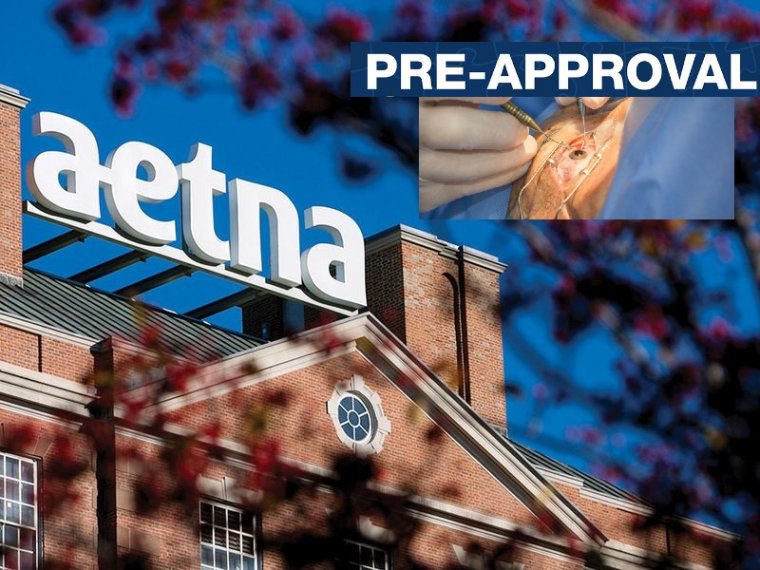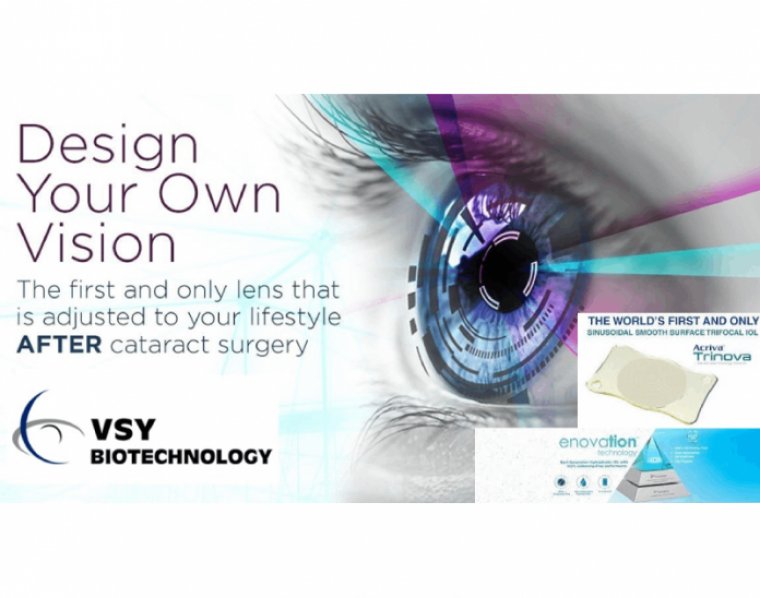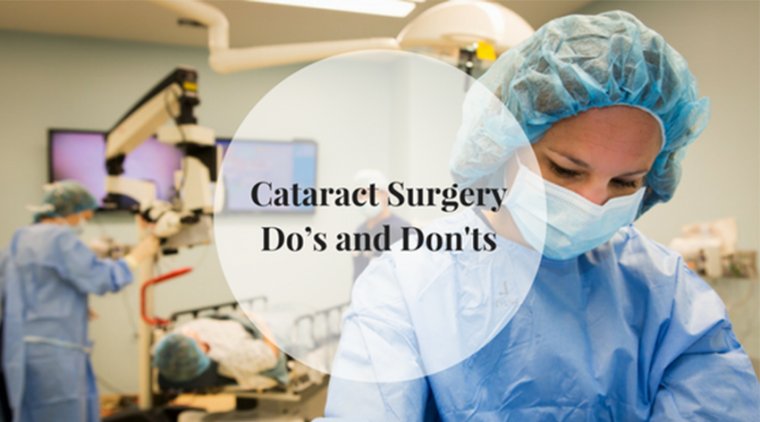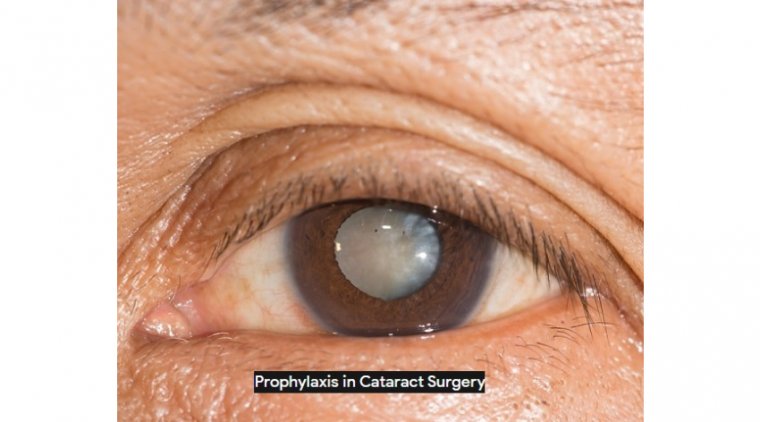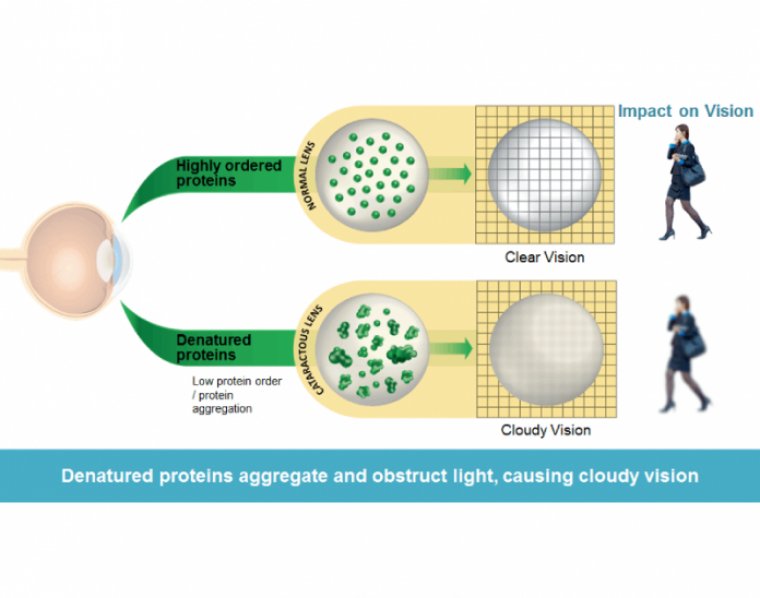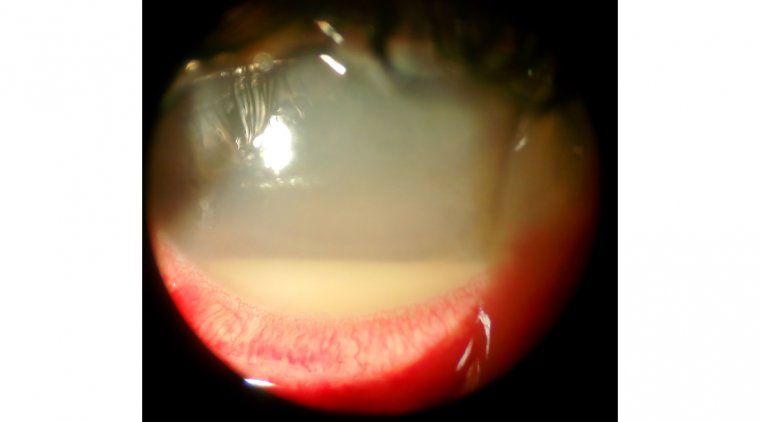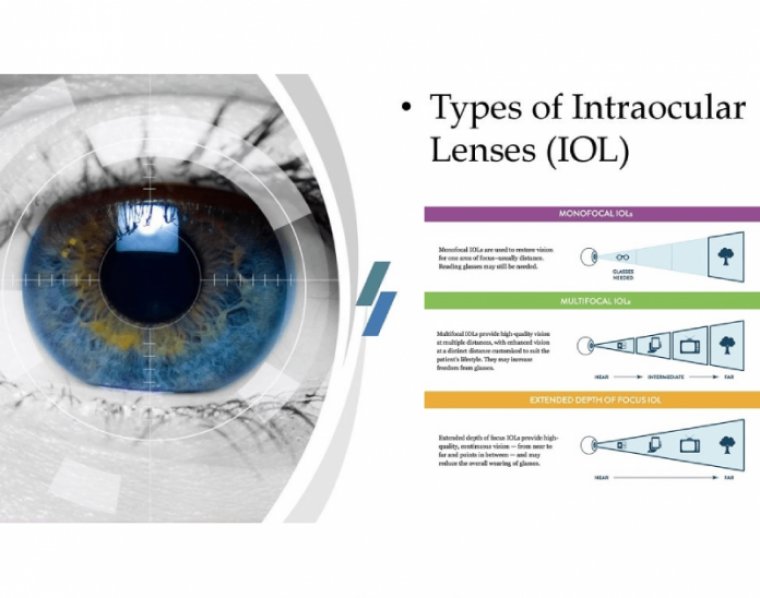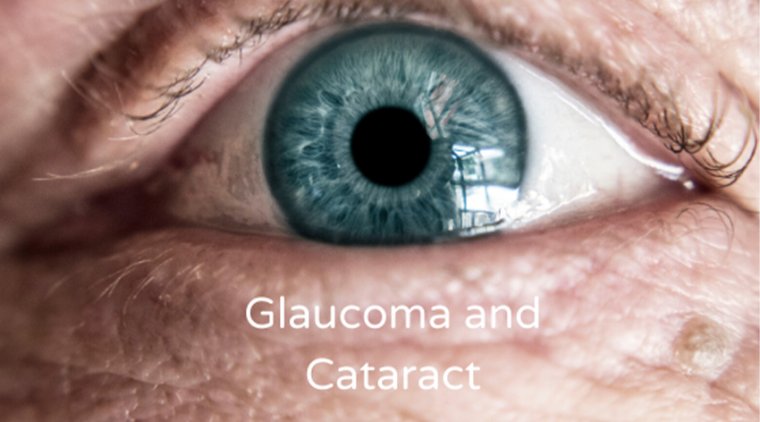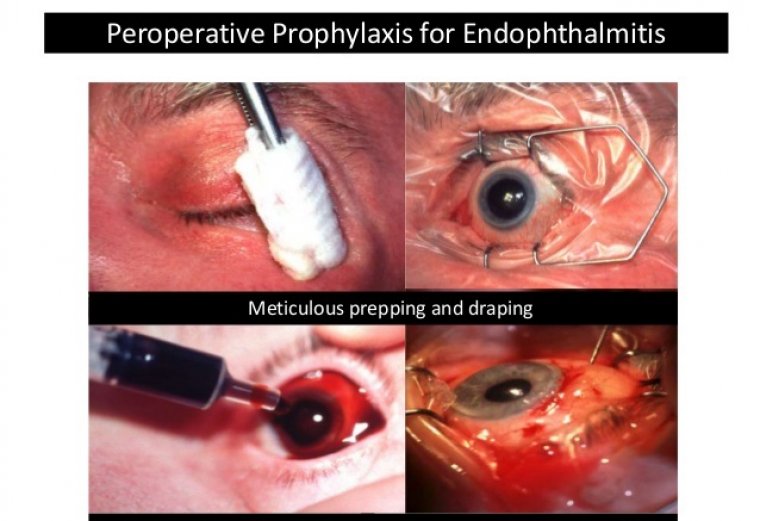
Cataract Prophylaxis, Treatment & Pharmacological Approaches
Cataract surgery has become remarkably safe and effective, thanks in part to a general trend toward decreasing postoperative infections. However, retrospective clinical evidence indicates a rise in endophthalmitis following clear corneal phacoemulsification.
Endophthalmitis prophylaxis for cataract surgery is a 2-stage process. The first consists of eradicating infectious agents on the ocular surface and the surrounding tissue so that no organisms can be introduced into the eye during surgery.
Although there is no concrete evidence that antibiotics can diffuse into ocular tissues or eradicate pathogens in the eye after topical use, it seems reasonable to consider the second stage of prophylaxis involving the diffusion of antibiotic into the ocular tissues, including the cornea, aqueous humor, and vitreous, to kill any organisms that, despite disinfecting the surface, may have been inoculated during cataract surgery.
Several compounds show promising potential for preventing and reversing cataracts in preclinical studies and warrant further investigation as possible pharmacotherapy alternatives to surgical management, according to the authors of an article that reviewed the effects of natural and synthetic agents on experimentally induced cataracts.
Interest in pharmacotherapy for cataract stems from the recognition that the number of people affected with cataract is expected to increase as the population ages, whereas access to cataract surgery is limited in areas throughout the world.
“With the projected increase in life expectancies, the number of people affected with cataract is predicted to increase worldwide,” the authors wrote. “The prognosis of the disease is at best oblique in low-income nations that lack easy and affordable access to cataract surgery.
Therefore, the potential therapeutic and economic benefits of pharmacological cataract treatments are immeasurable, ranging from a reduction in economic burden to better quality of life.” The authors go on to suggest that plant-derived compounds or extracts are particularly attractive, especially in developing nations.
They explain that, compared with traditional medications, the costs of development and patient use may be lower with the plant-derived agents because of their accessibility.
As background to the discussion of treatment strategies for cataracts, the authors describe lens anatomy, physiology, transparency, and antioxidant systems.
They also provide an overview of the molecular mechanisms of cataract formation that includes models based on protein aggregation and/or loss of protein solubility.
The summary of compounds identified by the authors as having been investigated for anti-cataract activity includes plant-derived agents, herbal remedies, ketoacids/amino acids, and other agents with antioxidant and free radical scavenging activity.
The compounds investigated also include pharmacological chaperons that bind α-crystallins in the lens to reverse protein aggregation and enhance protein solubility, as well as agents that target glycation-specific mechanisms, phase separation, the transforming growth factor-β pathway, and matrix metalloproteinase.
The study article features 2 tables that summarize key features of studies relevant to pharmacotherapy for cataracts. One table focuses on the in vitro and ex vivo cataractogenesis studies and the other lists the in vivo studies of cataractogenesis.
The latter studies were done almost entirely in murine models with just 2 experiments performed in rabbits and a single experiment in guinea pigs.
The modes of application include subcutaneous injection, dietary modification, topical treatment, oral (including gavage/gastric intubation), and intraperitoneal or subcutaneous injection.
The Future
Noting that lutein/zeaxanthin supplementation did not have a significant benefit for decreasing progression of senile cataract in the age-related eye disease study 2 and that an extensive Cochrane review failed to find any anticataract benefit of antioxidant vitamin supplementation, the authors suggested that better drug delivery methods would allow for better efficacy.
Looking ahead, the investigators also suggested that a better understanding of the mechanisms of cataract development should be pursued because it could lead to the identification of new therapeutic targets for pharmacological strategies to prevent or reverse lens opacity.

